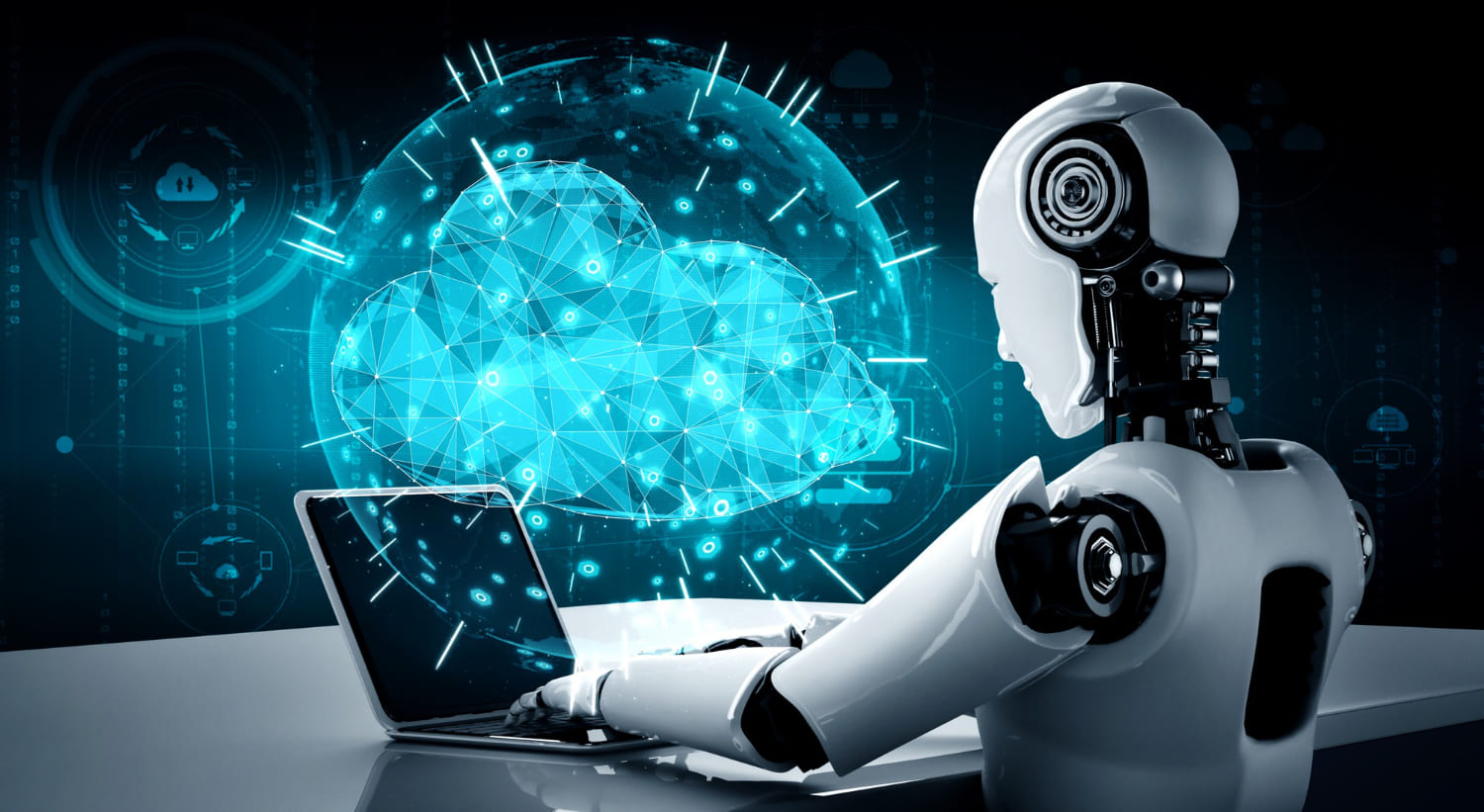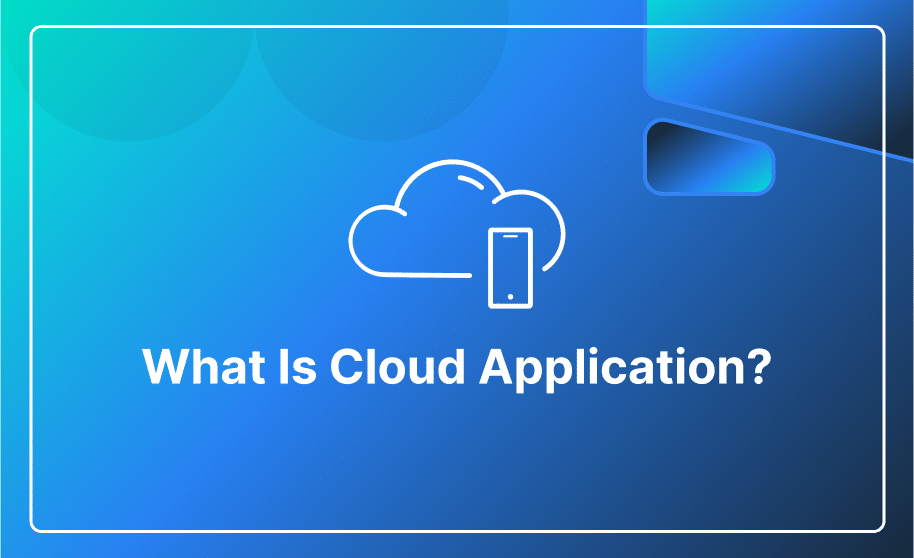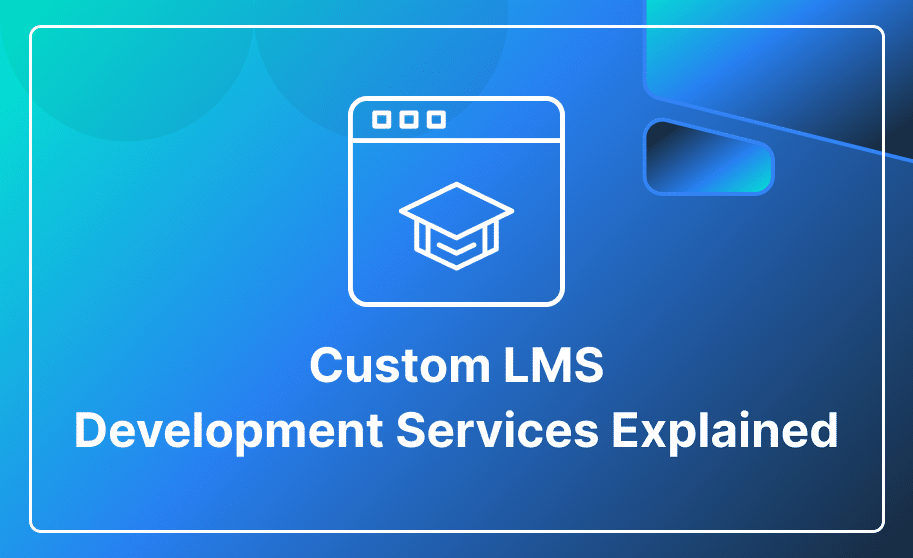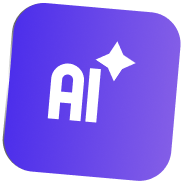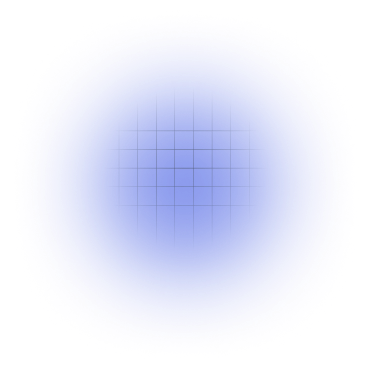It is estimated that there will be 17 billion IoT-connected devices worldwide in 2030. This statistic shows the widespread adoption of IoT technology across various sectors in the modern tech market. As more devices and objects become interconnected through internet connectivity, the collection of real-time data continues to grow exponentially.
Big data and the Internet of Things (IoT) are currently top-of-mind topics for business leaders, as they play an important role in enabling companies to capture and analyze data for informed decision-making. These technologies often work together to enhance business operations. However, it is important to note that while they work in many scenarios, the Internet of Things and big data originated as separate technologies and have unique characteristics.
What is Big Data?
Big data refers to large datasets that require advanced computing technology for processing. These datasets have valuable insights, such as consumer trends discernible only through analysis of millions of business transactions. This level of analysis is achievable due to modern cloud computing processors that allow businesses, healthcare organizations, governments, and researchers across various sectors to use big data for valuable insights.
What is the Internet of Things (IoT)?
The Internet of Things (IoT) is a network of physical objects that uses connections of machines and sensors to exchange data in real-time over the Internet. IoT devices encompass a wide range of technologies, including wearable fitness trackers, smart home devices, and industrial equipment used in factories.
The IoT provides companies with unparalleled visibility into the activities of their interconnected devices in real-time. A large amount of real-time data is gathered from these connected IoT devices and transmitted over the internet for storage and analysis.
Exploring the Relationship Between Big Data and IoT
IoT and big data share numerous overlapping components, with IoT widely recognized as a primary source of big data.
Although they were developed independently, the expanding volume of data generated by IoT has prompted a convergence of big data and IoT as conventional storage and analysis methods became inadequate.
In today’s world, the complex data collected by IoT devices is considered a real-time big data set. Big data storage and analytics play an important role in processing the multitude of real-time data points and offering valuable insights.
To simplify the relationship: A network of connected devices, equipped with electronics and sensors, transmits real-time information to the internet (IoT). This data is then compiled and stored into large datasets (big data), which are then analyzed to find meaningful patterns (big data analytics).
How is Big Data Used in the Internet of Things (IoT)?
Big data analytics helps in extracting meaningful insights from the data collected by IoT devices. These solutions used advanced algorithms to process the large, unstructured data collected, organizing it into smaller datasets that allow companies to gain valuable insights into their operations and enhance decision-making.
Big data analytics, when used with IoT, offers various types of insights, including descriptive analytics, diagnostic analytics, predictive analytics, and prescriptive analytics. Descriptive analytics provides real-time insights into the performance of connected devices, helping in various tasks such as device location, understanding how that device is used by customers, and detecting anomalies.
Diagnostic analytics gives insights into the underlying causes behind descriptive analytics. It helps organizations understand the reasons why the connected devices run in a particular manner or generate specific outputs.
Predictive analytics in IoT uses machine learning to analyze past data and predict the performance of devices in the future. This is valuable in the maintenance of IoT devices by allowing organizations to predict failures or servicing requirements before devices stop functioning.
Lastly, big data is used in IoT for prescriptive analytics. This form of analysis provides insights into actionable steps to influence observed or predicted outcomes.
Challenges in IoT with Big Data Analytics
Data Visualization:
Data visualization is important to IoT analysis as it allows to identify the important trends. It is essential for effectively communicating valuable data insights that drive business decisions. However, the heterogeneous nature of data generated by IoT devices, which includes structured, unstructured, and semi-structured formats, can be challenging for visualization.
Managing and Storing Data:
Data storage and management are essential components of handling the exponential growth of big data. Current big data storage systems face challenges due to limited space, which makes it increasingly difficult to manage and store large amounts of data effectively.
Future of IoT and Big Data Integration
As IoT devices become more widespread, they will generate continue to generate more data. To make the most of this data, companies will need better storage and analysis tools. Edge computing, which processes data closer to where it’s collected, will likely become more popular. Big data and IoT working together will keep revealing new patterns and giving real-time info to help people and businesses make smarter choices—maybe even saving lives!
Conclusion:
The data collected from connected devices provides valuable insights into products and user behaviors. However, the complexity of big data can be deceptive, leading to Incorrect analysis that may fail to deliver meaningful value to businesses.
Hence, data scientists must clearly classify and extract data, identifying errors, duplicates, and other anomalies to ensure accurate insights and smooth data tracking. It is essential not to collect excessive data beyond business needs. Instead, focus on locating reliable data sources, narrowing down the scope, and selecting only relevant information.
Integrating IoT big data into business operations can be challenging for enterprises, particularly startups. Hashlogics, a reliable IoT development company, understands the complexities and requirements of our clients, from our decades of experience in the technology sector.
Beyond offering numerous services, we also provide data and analytics consulting services to guide you through the complexities of the software product development process. Get in touch with our experts today to explore our data analysis consulting services and how we can support your business growth.

